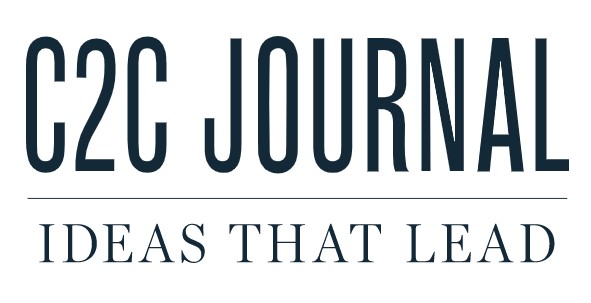Executive Summary
• Rural Canadian municipalities represent a very small proportion of total provincial population numbers compared with urban ones, but they extend over huge areas and service small rural communities.
• Many rural municipalities spend large sums on transportation infrastructure. Compared with urban municipalities, a much greater proportion of their expenditures goes to infrastructure.
• Roads are either public or private goods depending on the volume of usage and its impact. For relatively low-impact usage such as that of private motor vehicles, roads can be treated as a public good. For high-impact usage such as heavy trade vehicles, they are best viewed as a private good.
• The public/private good distinction is useful for deciding whether collectivized funding (taxes) or private funding (user fees) is the most efficient.
• For those cases suited to private funding, user fees (road taxes) are the preferred funding mechanism, as the alternatives do not share the simplicity and direct cost-benefit relationships that road taxes provide.
• Some local governments in other countries target the recovery of their transportation infrastructure costs by taking account of user-pay principles targeted at exceptional users.
• Currently, Canadian road funding does not universally adopt user-pays practices in cases where road maintenance costs arise from identifiable exacerbator sources.
Note: the word exacerbator though not in general use in Canada has become vernacular in local government circles. It could be replaced with the words exceptional user.
• The user-pays principle should be extended to certain sectors and industries that create heavy-traffic road damage and that impose exceptional infrastructure maintenance costs.
• Consideration should be given to extending the principle more widely to municipal revenue-raising mechanisms including an increased share of road-user taxes. For such funding to be granted, this policy can be made conditional upon municipalities demonstrating appropriate management and information relating to road conditions and maintenance requirements; that will include a full identification and measurement of road condition expenditures thereby justifying their means of funding.
• The establishment of robust assetmanagement process and plans for municipalities is a priority in any event throughout the sector. This process should also become a pre-condition for
the production of the data necessary to establish the costs of heavy-vehicle road damage, which in turn can lead to the recovery of costs with more comprehensive user-pays mechanisms.
• Legislation that empowers municipalities is needed to mandate the asset and financial management and other legal and policy issues associated with an improved roads funding regime.
• While most of the measurements quoted in this paper apply to the province of Manitoba and include Manitoba-based statistics for population, municipal expenditures and roads, they are likely to be applicable to the other Prairie provinces and sparsely populated areas of Canada. In one recently reported case, many of the recommendations of this paper were acted upon already involving special additional road maintenance charging of exceptional users. A start has been made; it is now time to ensure that proper process legal and policy settings are put in place to support these initiatives.
View as PDF (18 pages) –
Policy Series 59 – 2009July Getting a Better Bang for the Pothole Buck


